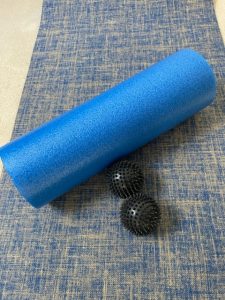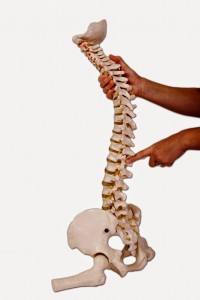Are you wonky? Well I know I am, and I haven’t met a person yet in my clinical life who isn’t “wonky” to some degree.
Our bodies are a combination of what we’re dealt with naturally, and the way we use and position ourselves and are often an expression of the way we feel. Bodies are also very clever. Commonly they will adapt and allow us to get on with our chosen activities.
Inevitably however, if our bodies are used in a repetitive and misaligned way an imbalance is created. This very often manifests as restriction, weakness and tissue shortening in varied combinations depending on the pattern we have adapted to.
This can be a feeling we get used to. We may not even recognise we are feeling restricted or tight as these changes tend to accummulate gradually over time.
They might be the reason why our bodies don’t accept a challenge so readily. For example, the sudden pain when you lift a box or reach up to the top shelf. Pain that occurs seemingly out of the blue.
Everybody is different and as such will experience these issues to varying degrees. If you are aware that you are becoming uncomfortable – stiff, experience twinges, adapt to activites differently. It may be a sign that poor movement patterns are developing. It is better to act sooner than later.
Poor movement patterns can be addressed through physical therapy which will help facilitate positive change, and specific and tailored exercises for your situation.
Change can take a little time, but TIME, PATIENCE AND PERSISTENCE EQUALS PROGRESS, and happier bodies.











